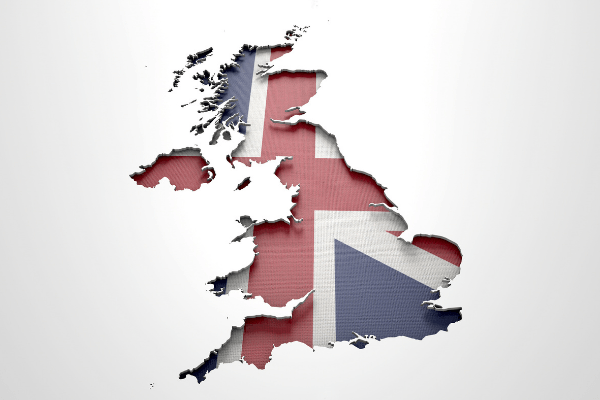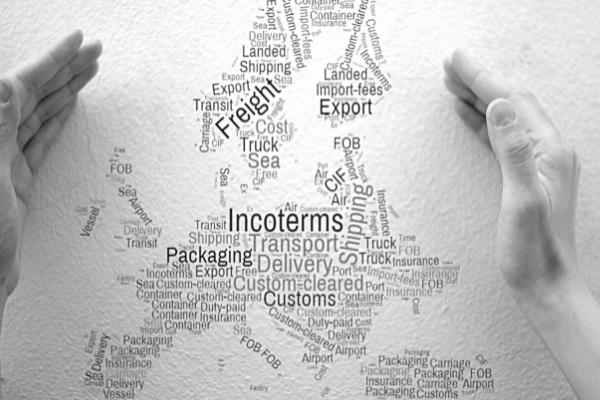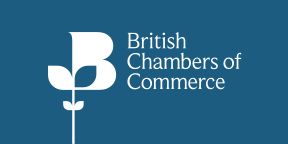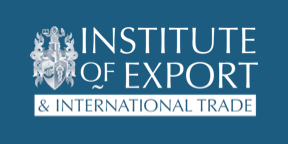BY:
SHARE:
What is Origin? Simply, it is stating where a product originates. For natural goods, such as raw materials, flora, and fauna, this is where they are obtained, born, or grown. For manufactured items its where the last substantial economically justified process takes place.
Simple? Not really, as we have such an integrated, complex trading system that establishing the final origin of some goods can be confusing, and therefore we have international rules.
A common error on import (and export) customs declaration is to state that the country of origin is the same as the country from which the goods were shipped. This is known in the customs world as the Country from Whence Consigned – CWC. This is not always the origin of the goods, though as raw materials, parts, subassemblies and finished products crisscross the globe not just to be manufactured but also for storage to aid the speed of supporting customers, especially in after-sales markets.
A note on the European Union: non-preference origin is the country, eg German, Swedish, Spanish, etc you cannot state “the EU” as a non-preference origin.
Why is it important?
The origin of goods being shipped internationally is used for many reasons by authorities, companies, and consumers alike. Though the World Trade Organisation (WTO) has established an international rule for determining non-preference origin, it has not been taken up as enthusiastically as the WCO Harmonised coding System (HS) for commodity codes. The economic nationality of goods – i.e., the origin – is linked to key trade factors:
- Tariff Restrictions – for example, imposing additional duties to deter the purchasing of goods made outside the domestic market.
- Marketing purposes – to distinguish imported consumer goods from domestic products.
- Consumer choice – where a product is made may affect a buyer’s decision on whether to purchase it or not.
- Political and economic reasons – campaigns such as Buy British or linked to government procurement contracts or the monitoring of trade with embargoed and sanctioned countries.
- Brand recognition – e.g., Swiss watches should be made in Switzerland.
- Quality marking.
- Legal requirements for Country-of-Origin Labelling (COOL).
- Geographical Indicators (GIs) – goods, usually food and drink, which have been granted protected geographical status, e.g., champagne must come from champagne in France.
- To establish where the Intellectual Property Rights including Copyright of products is held, e.g., iPhone shows “Designed by Apples in California USA. Assembled in China.”
While you are here you may be interested in some Strong & Herd LLP training courses related to this topic:
Understanding Origin & Preference
Understanding Free Trade Agreements
International Trade Up-dates into your inbox twice a month
Would you like to keep up to date on customs and international trade issues – subscribe to our OneCall service which combines regular practical updates (Did You Know?) and a helpline support service as well as an interactive members' area with a members' only community.
Spotlight & Training Updates Newsletter
Subscribe to our free information emails covering international trade topics...









